Quench your thirst at Tap + Bottle

Tap + Bottle soft opening. In its first week of business, T&B went through 46 kegs of beer. Photo by Andrew Brown.
You’d swear there is a brewery or vineyard out back at Tap + Bottle, 403 N. 6th Avenue.
Though they don’t brew beer or tend to grapes, owners Rebecca and Scott Safford are playing right into the turn of the century ambiance firmly in place at their newly opened beer and wine tasting room and bottle shop.
You’ll find exposed brick walls and original wood flooring dating back to when Tucson had maybe 10,000 inhabitants. And now, a spacious bar, beer glasses and growlers on metal shelves, a giant chalkboard menu, and a 10-foot long community table grace the restored building. The Tap + Bottle logo is on the brick wall, appearing as if it’s been there for 100 years. The top half of the logo, created by Dennis Fesenmyer at Fezlab, looks like a keg and the bottom half like a bottle cap.
“This is our beer baby,” says Rebecca, the Safford who you’ll most likely find working at Tap + Bottle. “We got the idea of doing this while traveling up and down the West Coast and in Colorado. We discovered a lot of bottle shops where you can purchase craft beer bottles for take out or stay and drink them on the spot.”
Having opened in late June, Tap + Bottle is a bar but not really a bar. No hard liquor, just beer and wine – on tap and also available by the bottle (or can) to take home. With nearly 400 varieties of bottled beer and 20 tap beers, the concept is clear. Provide an impressive inventory of harder to find beers from around the country and world, add a local feel in an historic setting, and Tap + Bottle becomes a one-of-a-kind destination in Tucson.
The 20 craft beers on tap continually rotate out, some on a daily basis. Two kegs are always “on deck” ready to be tapped once a line opens up. One cask condition beer is also available. The beer goes into the cask flat and the beer’s yeast creates the carbonation. Other elements can be added to the cask such as orange peel or blueberry. In the future, they hope to convince local Tucson breweries to brew one-off varieties just for Tap + Bottle.
While they do an excellent job of celebrating beer, they also feature six wines on tap – three red and three white. Their bottled wine section includes over 70 choices.
Don’t expect to find Tap + Bottle within the 4th Avenue or Congress Street bar scene. It’s just north of the 6th Avenue underpass, which is not exactly a spot screaming location, location, location.
“We’re totally one block off,” Rebecca says. “We want to be something different. We’ve watched Borderlands Brewing and EXO Roasting closely. Nearby, they’ve created their own culture and scene without being in the middle of it all.”
Tap + Bottle shares a building with EXO and Old Market Inn Tile Shop. Old Market tile decorates the restroom and denotes the street addresses for all three businesses.

Rebecca and Scott Safford. Photo by Andrew Brown
It makes sense how Rebecca and Scott got into the beer and wine business. They met at the Tap Room at Hotel Congress and live at the Ice House Lofts near Barrio Brewing.
“We grew into it together with our love of beer and love of learning about beer and wine,” she says. “We both did Cicerone wine certification training. We studied together. We talked about it a lot. It really did happen together. It was not one person saying I love beer and now you have to love beer, too.”
As expected, this is a true joint venture in beer proficiency right down to their chalkboard menus detailing not just the beer, brewery and price but also specifying IBU and ABV values (International Bitterness Units and Alcohol by Volume – the percent alcohol). Flip their branded coasters over and you’ll find beer tasting note sheets to mark down sweetness, bitterness, hoppiness, and on the wine coaster, intensity, body, flavors and hue.
Rebecca and Scott are nose-to-nose about having nine different glasses for beer and a stemless tumbler for the wine. Depending on which glass best suits a given beer, you will get your brew in English pub, Belgian or “Munique” glasses in sizes ranging from 10.5 to 23 ounces. Get the right curves in the glass for the right beer and drinking becomes all about aromatics and smell along with the taste.
“It starts with what not to serve it in,” Scott says. “We say, be good to the beer.”
For those less concerned with stemware and more oriented toward take out or volume, you can buy 4-pint and 2-pint Tap + Bottle growler bottles to take along and for later refills.
Like at EXO Roasting, where they offer coffee tastings by flights, you can sample a flight of four 5-ounce beers at Tap + Bottle. Well-briefed employees happily detail any of the nuances.
Not just anybody works at Tap + Bottle. The Safford application process resembles a college essay exam. They’re less concerned with where you’ve worked, your references or your record. Where potential employees score their points is with answering application questions such as “What is your favorite style of beer and why?” and “What do you believe is the most overrated beer and why?”
“We want to hear how they explain it,” says Rebecca.
With a plethora of beer and wine tasting options at Tap + Bottle, some friendly guidance from the staff sounds just about right.


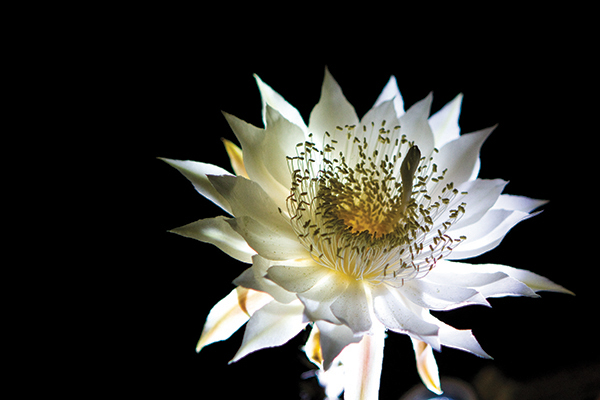
 As professional baseball sunsets in Tucson, FC Tucson is reached amazing heights even before a soccer-dedicated stadium is built. FC Tucson starts its second season May 18 as a Premier Development League team, essentially AA soccer minor league. Beyond its own games, FC Tucson has made it a point to pair each of its games this season with games involving champion teams from a half dozen local soccer leagues. The Chapman Tucson Champions League was just announced April 23.
As professional baseball sunsets in Tucson, FC Tucson is reached amazing heights even before a soccer-dedicated stadium is built. FC Tucson starts its second season May 18 as a Premier Development League team, essentially AA soccer minor league. Beyond its own games, FC Tucson has made it a point to pair each of its games this season with games involving champion teams from a half dozen local soccer leagues. The Chapman Tucson Champions League was just announced April 23.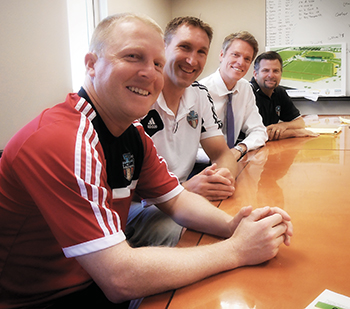
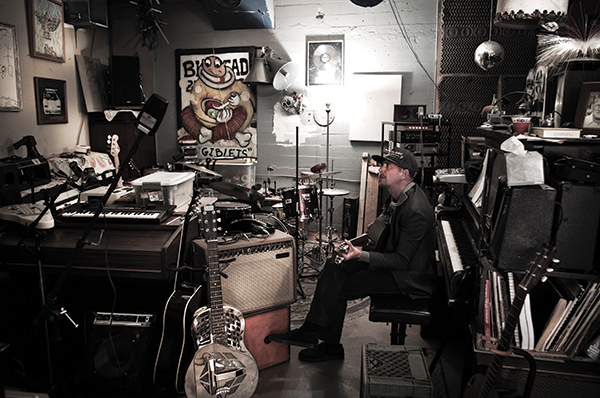
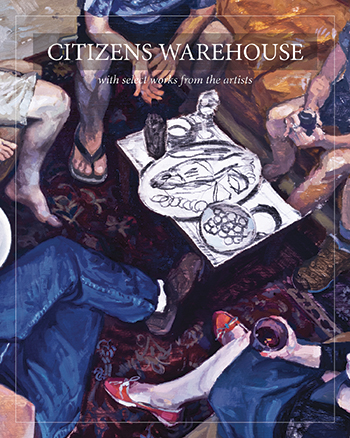

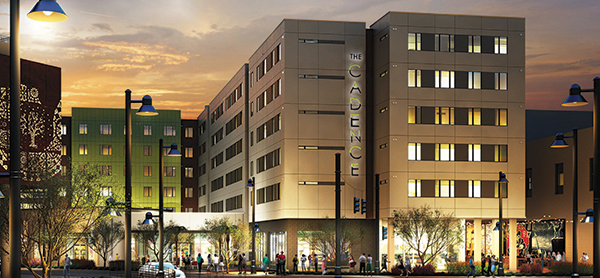 While construction swiftly proceeds for The Cadence student housing project, a leasing office, located at 218 N. 4th Ave., has already been open since the end of September signing University of Arizona students up at the 456-bed complex for the Fall 2013 semester, including 99 apartments with 167 beds on the Centro Garage.
While construction swiftly proceeds for The Cadence student housing project, a leasing office, located at 218 N. 4th Ave., has already been open since the end of September signing University of Arizona students up at the 456-bed complex for the Fall 2013 semester, including 99 apartments with 167 beds on the Centro Garage.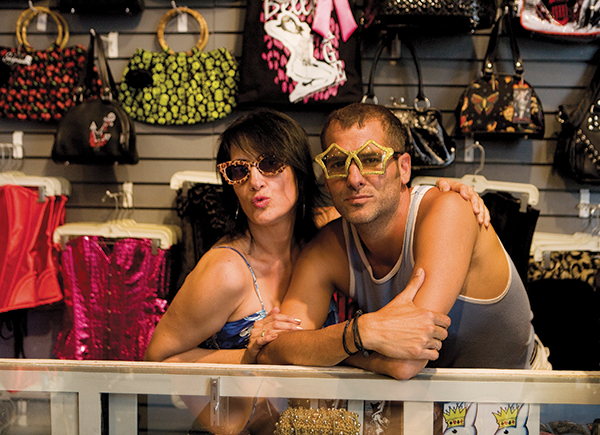
 Call to artists, designers, sellers of unique items.
Call to artists, designers, sellers of unique items.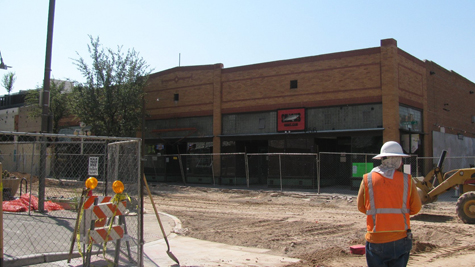 This article is from
This article is from 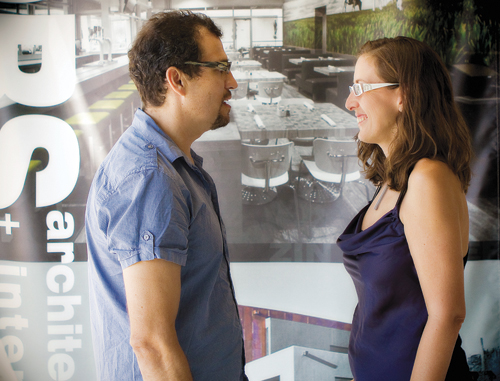 It’s not really about the buildings or furnishings for married architects Miguel Fuentevilla and Sonya Sotinsky. Perhaps you know their names, perhaps you don’t. You do, however, most certainly know their interior designs. They are the design team behind HUB Restaurant & Ice Creamery with its upside-down lamp shades, Playground Lounge and its swings suspended above the bar and marbles ground into the floor, Downtown Kitchen+Cocktails, Borderlands Brewing Co. and the new eatery opening soon at 50 E. Broadway.
It’s not really about the buildings or furnishings for married architects Miguel Fuentevilla and Sonya Sotinsky. Perhaps you know their names, perhaps you don’t. You do, however, most certainly know their interior designs. They are the design team behind HUB Restaurant & Ice Creamery with its upside-down lamp shades, Playground Lounge and its swings suspended above the bar and marbles ground into the floor, Downtown Kitchen+Cocktails, Borderlands Brewing Co. and the new eatery opening soon at 50 E. Broadway.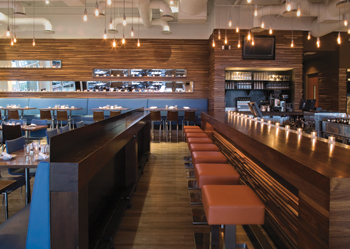




Also find us on...